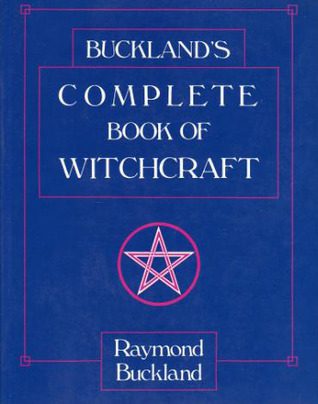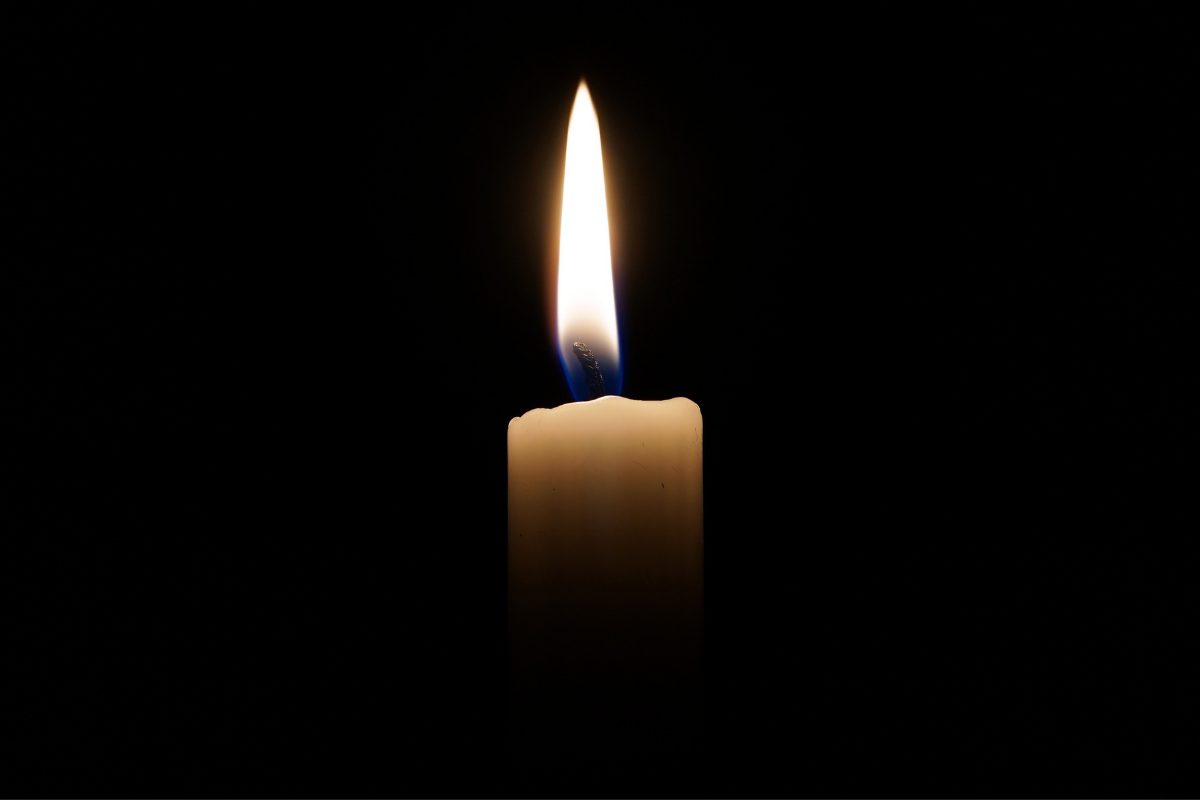I began to see the news of it last night before I went to bed. By the time I woke up this morning, it had been confirmed: Raymond Buckland had died.
I never met Buckland in person, but he had a significant influence on me.
My family is Roman Catholic. In 1983, I was baptised. I was five years old. I wasn’t baptised when I was a baby as is tradition because, in Cuba, religion was incompatible with the government’s Marxist philosophy. So, I was baptised later in the U.S. Then I attended catechesis, religious education for children.
Every Saturday, my father dropped my mom and me off at the church. We visited my great-aunt, who lived a couple of blocks away. She was a terrific cook and always made us lunch. She died some years ago, taking her recipes and a lot of family history with her. She was a generous person who had an interesting and challenging life. She is much missed.
The Saturday routine also included a visit to a thrift store across the street from the church. I loved going there and browsing its small selection of second-hand books. One day, I came across a big blue book titled Buckland’s Complete Book of Witchcraft. I asked my mom to buy it for me, and she did.


Reading through Buckland’s book, I felt like I had stumbled upon an important historical artefact, genuine, honest, and tangible. I wondered how many other people knew this. There were other gods and people who worshipped them? There were priestesses? I was surprised and excited, and I felt like I was learning something I wasn’t supposed to. I remember being frightened at the illustrations of the Witches’ Cradle, a sensory deprivation device, and wondering if I would have to do that. There didn’t seem to be a question in my mind about whether Witchcraft was for me.
Buckland’s Blue Book has questions and spaces for you to write your answers. My copy was full of scribbles. I was anal-retentive even then, and I used correction fluid to cover it all up to write my answers (don’t ask me why I didn’t use a separate sheet of paper; I have no idea).
Years later, in high school, a girl began carrying Buckland’s Blue Book and calling herself a Wiccan. She liked the attention, being different, being spooky. We disliked each other, so I didn’t say anything to her about it. It turned out to be a phase for her.
As I mentioned, I never got to meet Buckland. In the late 1990s or early 2000s, I was a member of an online Pagan community that Buckland was a member of also, and we corresponded a little. Unfortunately, I didn’t preserve those messages. I only remember that he always replied and answered my questions and was friendly. I remember feeling a little star-struck. In retrospect, I am honoured and grateful for that little bit of contact.
Buckland wasn’t just a guy who wrote one book. Born in London, he and his wife Rosemary emigrated to the United States in 1962. They travelled to Scotland and were initiated into Gardnerian Wicca. Back in the U.S., the Bucklands founded the Long Island Coven, introducing the lineage to the U.S. In 1968, Buckland created the First Museum of Witchcraft and Magick in the United States. In the 1970s, Buckland formed his Wiccan tradition, Seax-Wica.
He published over 50 books on Witchcraft, magick, and divination (as well as fiction), and his work has been translated into 17 different languages. His Big Blue Book, published in 1986, is in its 13th printing. It has been one of the most influential books on Witchcraft. It’s the book that put me on the path.
I extend my condolences to Buckland’s family, friends, and everyone who was touched by his work and magick. May he rest in peace. What is remembered lives.

